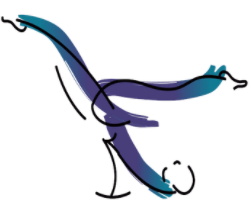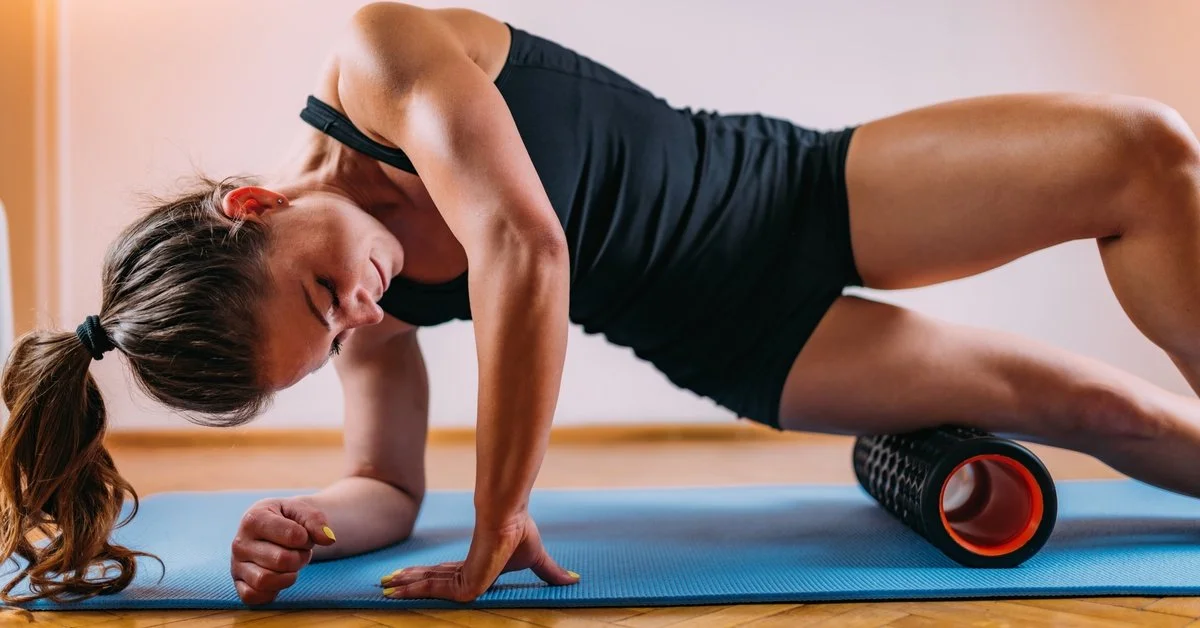Active vs Passive Recovery for Pilates Enthusiasts
After a challenging Pilates session, your body craves recovery to restore and rebuild your muscles. But what's the best way to recover? Should you keep moving or take it easy? Knowing how to recover properly can make all the difference in improving performance and avoiding injury.
Here, we’ll break down active and passive recovery, explore examples of each, and highlight why balancing these methods is key for every Pilates enthusiast.
What is Active Recovery?
Active recovery involves engaging in low-intensity movement to aid in muscle repair and reduce stiffness after a workout. Unlike resting completely, this method keeps your body lightly moving, which helps promote blood flow to tired muscles. For Pilates enthusiasts, active recovery can mean choosing gentle movements that align with the principles of Pilates itself. This approach also keeps your energy levels steady and can leave you feeling stronger for your next workout.
Active Recovery Examples
Restorative Pilates, swimming, yoga, or cycling at a light pace are excellent forms of active recovery. Another great option is dynamic stretching, focusing on slow, controlled movements to loosen up your joints and muscles. These activities not only enhance blood flow but also allow you to connect with your body in a low-pressure way, perfect for recovering after an intense Pilates workout.
What is Passive Recovery?
Passive recovery, on the other hand, focuses entirely on rest. It means stepping away from physical activity and allowing your body to heal without additional movement. This method is particularly valuable when your muscles feel particularly fatigued or are dealing with minor injuries, as it gives your body uninterrupted time to repair itself. The intentional pause can be just as replenishing as active recovery if done thoughtfully.
Passive Recovery Examples
Examples of passive recovery include taking a full rest day, massages, or simply lying down with your favorite recovery tools, such as a foam roller or massage gun. These tools help release muscle tension, making them essential recovery tools for every athlete. Another effective method is practicing meditation, which helps to lower stress and promote mental clarity.
The Importance of Balanced Recovery Methods
Choosing between active and passive recovery shouldn’t feel like an either-or situation. Both methods have unique benefits and can complement each other for well-rounded results. Your body deserves gentle movement to enhance flexibility and complete rest to fully repair tissues and restore energy levels. Listening to how you feel after each workout is the key to finding the right balance.
A mix of active and passive recovery strategies keeps you consistent with your Pilates practice and reduces the risk of overtraining or injuries. By giving your body what it needs when it needs it, you’ll enjoy stronger performance, better mobility, and even more rewarding workouts.


